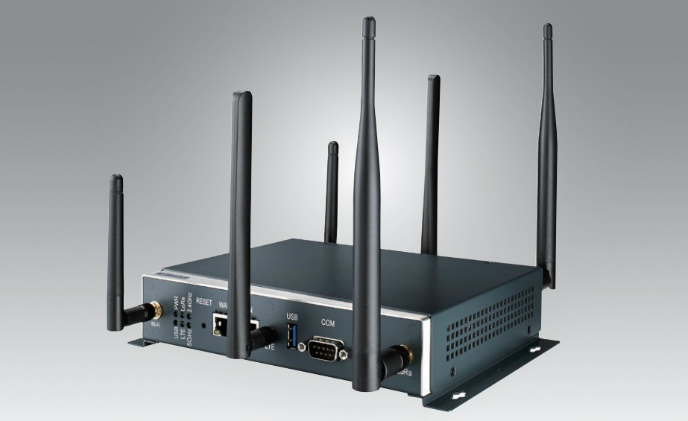
LORA is a long-range, low-range network (LORawan) using the Media Access Control (MAC) protocol. It is an open standard defined by the Lora Alliance, taking into account the energy-efficient nature of the protocol and the fact that many devices rely on Lora for power. LORA’s physical layer is the RF interface, and the physical interface between radio modules and Lora radio modules is key to its operation, providing robust, power-saving communication over long distances. The Lora radio interface defines the characteristics, including modulation waveforms, power levels, permitted bands, the use of continents, the RF protocol and other details of the RF signal interface.
LORA works with SIGfox and others to have a strong ecosystem of hardware vendors, developer partners and IoT platforms. Lorawan is a protocol for wide area networks, it is a low-level physical layer (PHY) technology that can be used for all kinds of applications over a wide range.
In summary, if you understand that LORA is a type of hardware that supports wireless remote communication, Lorawan is called a network protocol based on Lora. It is defined by the Lora Alliance as a communication protocol for the system architecture of a network and is the physical layer that enables remote communications. Lorawan is a cloud-based media access control protocol that serves as a network layer protocol for managing communication between LPWAN gateways, end nodes and devices, and is also the routing protocol maintained by the Alliance.
There is a one-to-one relationship between the Lora-based device and the gateway on the Lorawan network, and messages are sent to the terminal device by travelling within the gateway area. The terminal and gateway interact with each other via data transmission loops on other frequency channels that best match the system’s performance, speed, start-up and range limitations.
Gateways and terminal devices use the same frequency for transmission but in different time frames. Lora NetworksAP gateways listen to multiple frequencies and distribute the factor to the frequencies. Communication between different terminals and gateways uses different frequency channels and different data rates.
Selecting a random frequency for all bands and devices in the network and sticking to a certain step size can increase efficiency and avoid the waste of gaps between different frequencies.
When a gateway receives and interprets a data packet with LORA technology, it forwards it to a network server via a standard IP connection. The Lorawan Gateway receives the Lora modulated RF message from the terminal and hears the distance between the message and the Lorawan Network Server (LNS) connected to the IP backbone. When multiple gateways receive the same Lora RF message on a single device, the LNS performs data deduplication (deletion or copying).
When Lorawan is activated, the terminals (sensors and actuators) are connected to the Lorawan network of radio gateways via LORA RF modulation. The signal from the data packet to the gateways is transmitted to the server as quickly as possible via FSK (Frequency Shift Key) using a method called Chirp Spread over the Spectrum (CSS). The data is transmitted to the terminal device, which receives several gateway data packets from a central network server.
Lora gateways work on the physical level, essentially LORA is a forwarder of radio messages. The air cabling serves as a medium to transport radio waves LORAs from the RF transmitter to the IoT device, from the RF receiver to the gateway and vice versa. Lora has geolocation capabilities for long-range devices that use three-dimensional positions of devices and timestamps on the gateway.
If you want direct communications between Lora devices via gateways, use the radio library embedded in the microprocessor by Radiohead Packet. The GatewayEUI is a unique identifier created by the gateway itself and used to connect to the Lorawan cloud platform and the Things network.
Advanced Edge FOG (IoT Architecture) is a traffic management and monitoring application containing sensors, devices, smart edge devices and Lora-based smart gateways, FOG computing, cloud-based services and devices. The FSK process changes the frequency of the input signal to increase efficiency and talks to the Lorawan network server in a process called ADR (Adaptive Data Rate) to increase the data rate.
You can build a private Lorawan network of gateways and terminals by transmitting Lorawan directly for LORA P2P communication, but the benefits of a large-scale and extensive network shine through when paired with the corresponding Lorawan server.



